The Influence of Colors in Interior Design
The Influence of Colors in Interior Design: Creating Spaces that Speak
Color is one of the most powerful elements in interior design, capable of transforming a room, influencing moods, and defining the atmosphere of a space. The right color choices can make a small room feel larger, a large room feel cozier, and an ordinary room feel extraordinary. Understanding how to use color effectively is essential for creating interiors that are not only aesthetically pleasing but also functional and harmonious.
1. The Psychology of Color
Color has a profound psychological impact on our emotions and behavior. Different colors evoke different feelings, making it important to choose colors that align with the intended use and mood of a space.
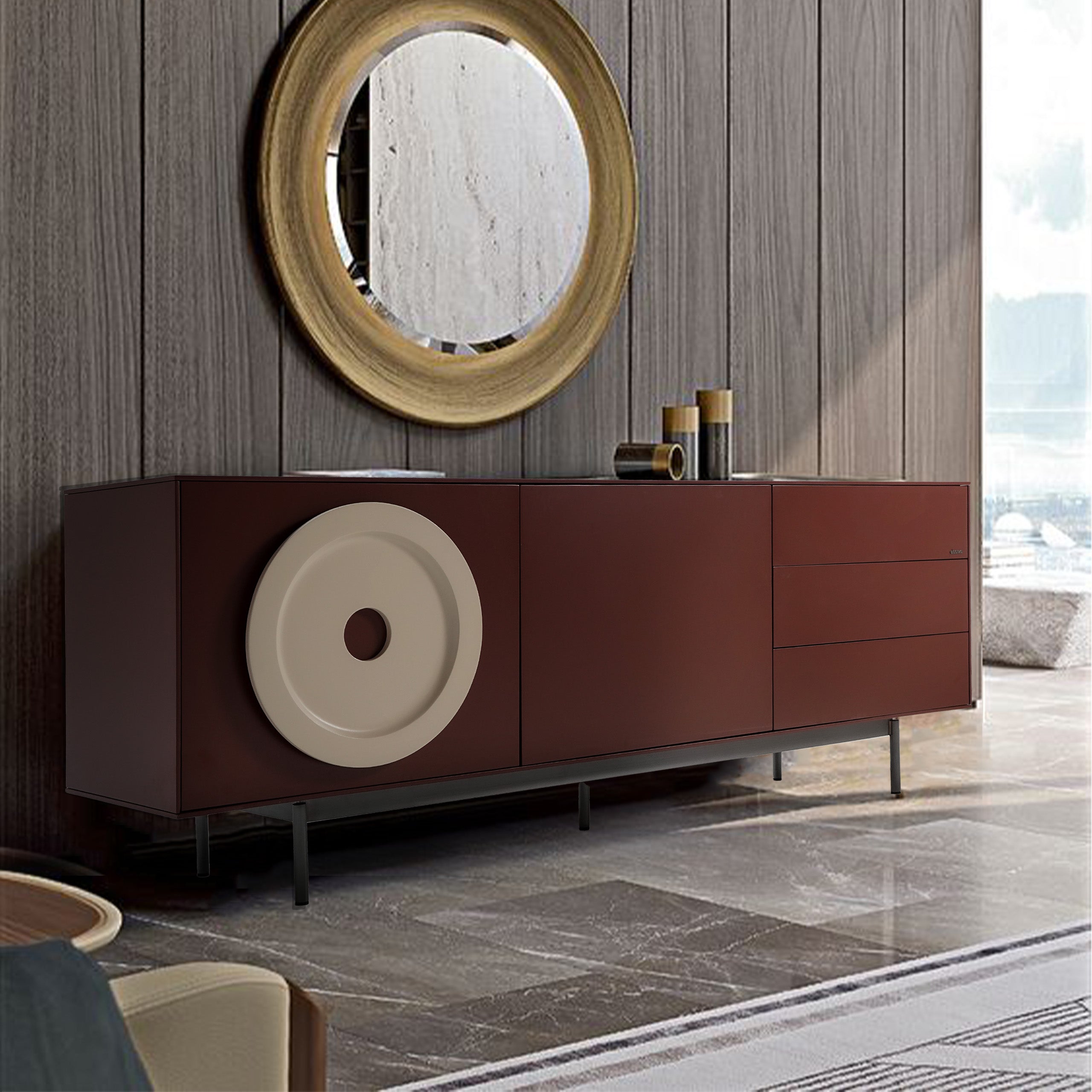
- Red: This bold color is associated with energy, passion, and excitement. It can stimulate conversation and appetite, making it a popular choice for dining rooms and social spaces. However, too much red can be overwhelming, so it's often used as an accent rather than a dominant color.
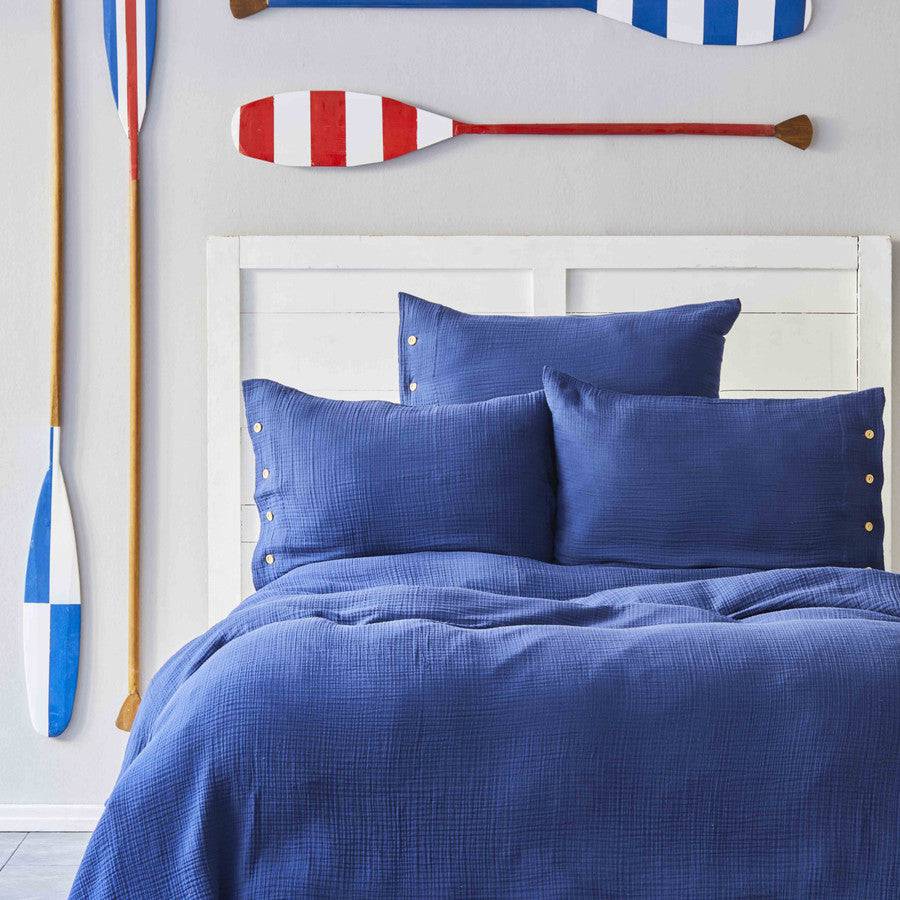
- Blue: Known for its calming and soothing qualities, blue is ideal for bedrooms and bathrooms, where relaxation is key. Lighter shades of blue can make a space feel airy and tranquil, while darker blues add depth and sophistication.

- Yellow: Bright and cheerful, yellow is associated with happiness and optimism. It's great for kitchens, living rooms, and other areas where you want to create a warm and welcoming atmosphere. However, strong yellows should be used sparingly, as they can be overstimulating in large doses.
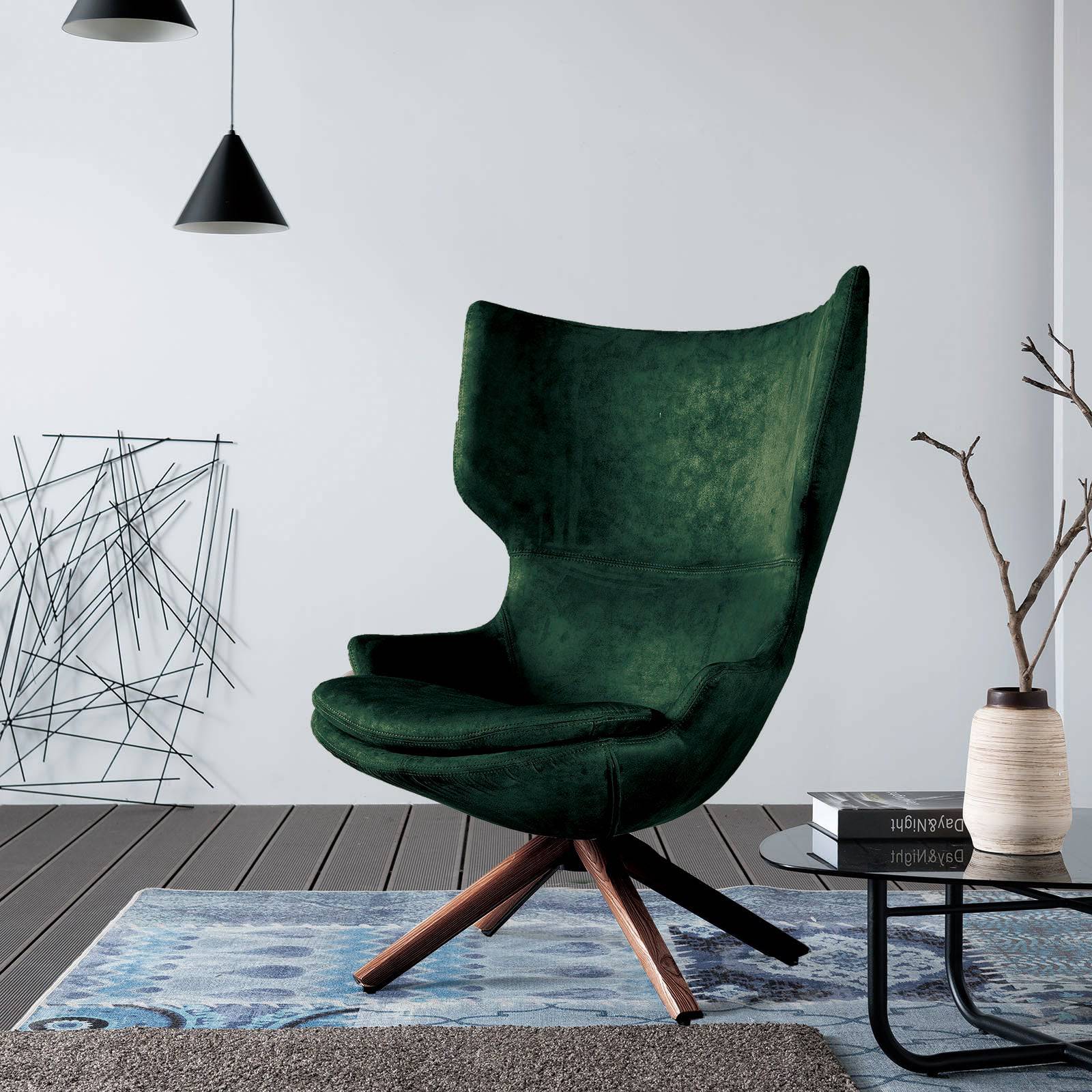
- Green: Symbolizing nature and balance, green is one of the most restful colors for the eye. It's a versatile choice that works well in almost any room, from living areas to bedrooms, and brings a touch of the outdoors inside.
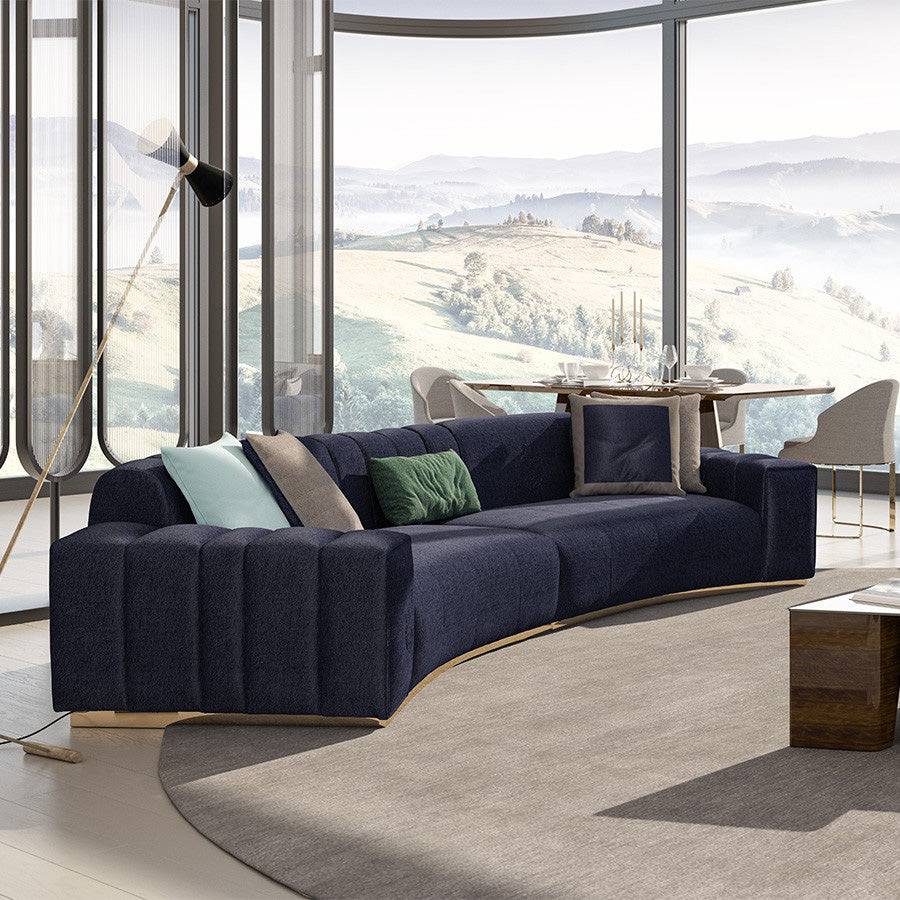
- Purple: Often linked with luxury and creativity, purple is a dramatic color that can add a sense of opulence to a room. Lighter shades like lavender bring a calming effect, while deeper purples create a rich, regal ambiance.
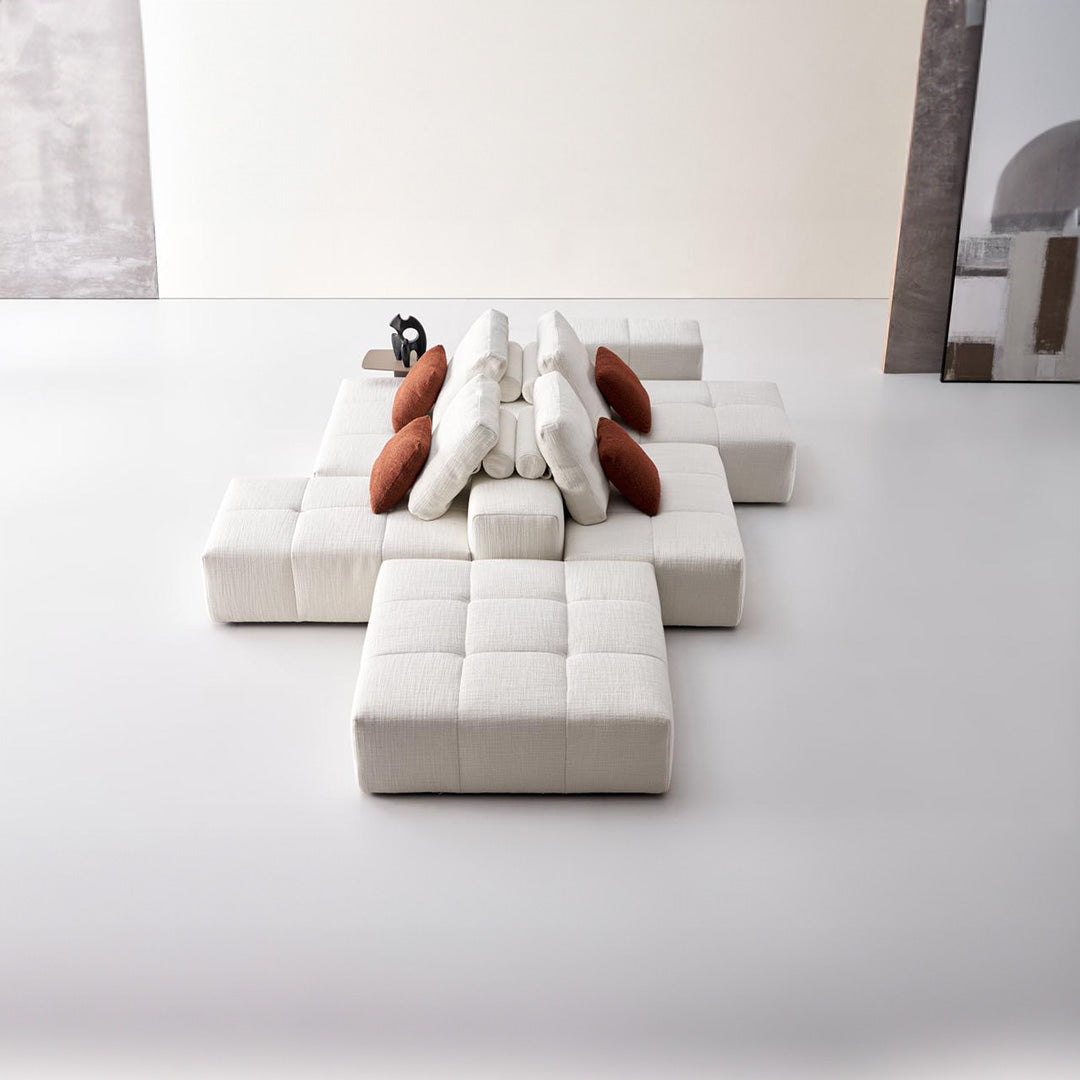
- Beige: A warm, neutral color that evokes feelings of calm, comfort, and simplicity. Beige is incredibly versatile and works well in creating a cozy and inviting atmosphere. It pairs beautifully with almost any color, making it a great choice for living rooms, bedrooms, and spaces where relaxation is the goal.
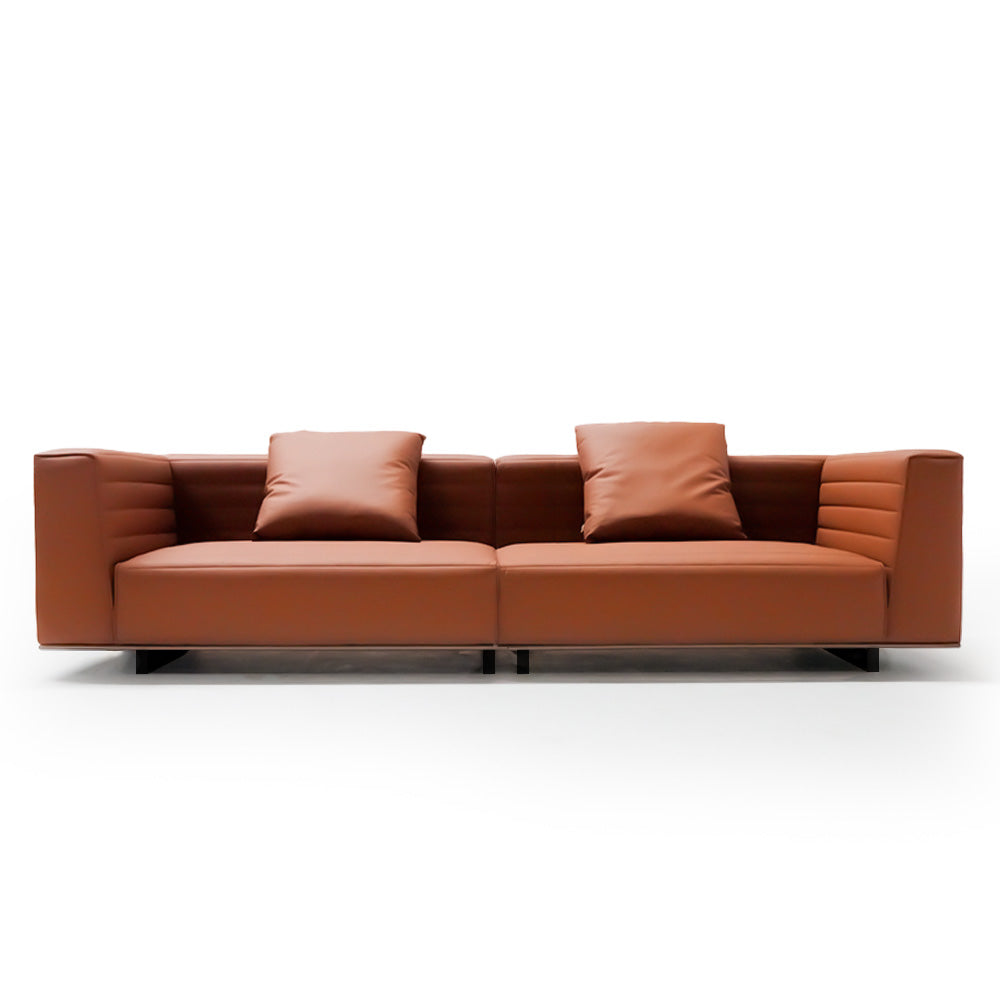
- Orange: A lively and energetic color, orange combines the warmth of red with the cheerfulness of yellow. It’s a great color for spaces where you want to encourage creativity and social interaction, such as home offices, playrooms, or dining areas. Like red, orange can be bold, so it’s often used in moderation as an accent color.
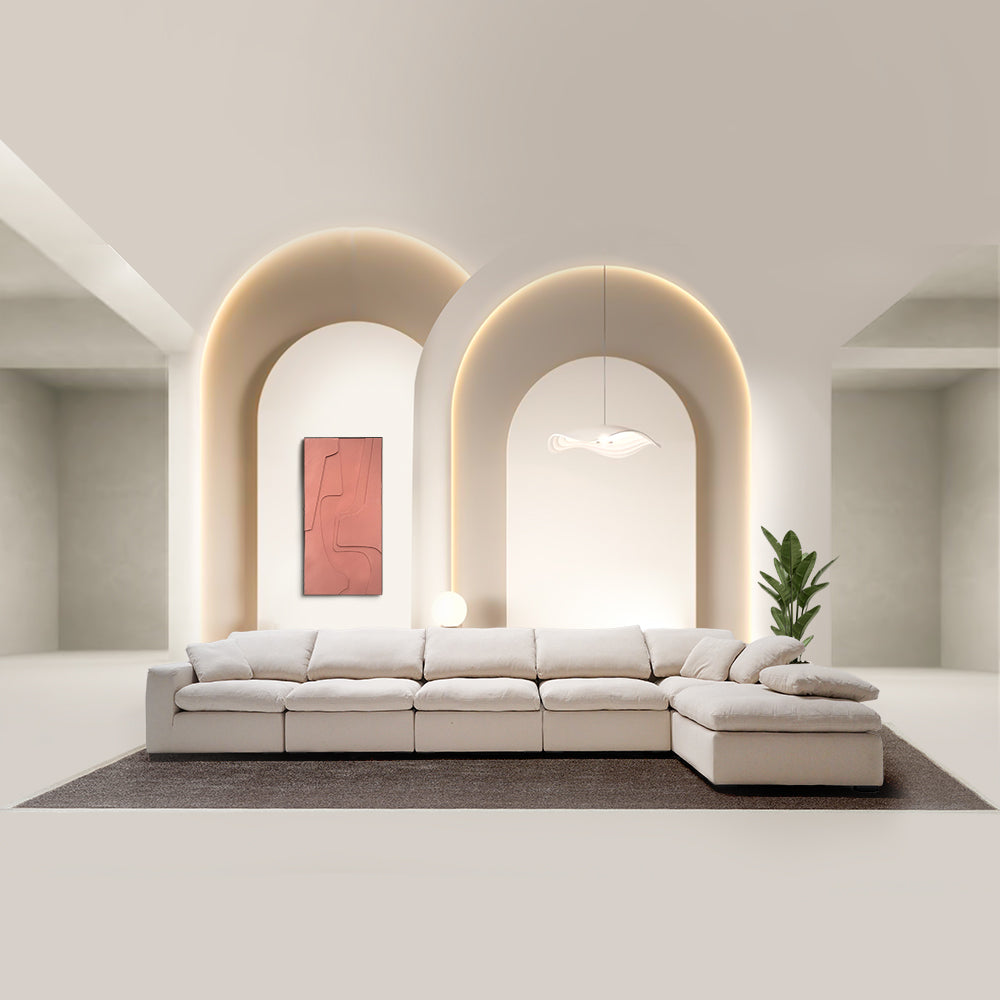
- White: White represents purity, simplicity, and cleanliness. It can make a space feel larger and more open, and serves as a perfect backdrop for other colors to shine. White is a versatile choice for any room, offering a crisp and modern look.
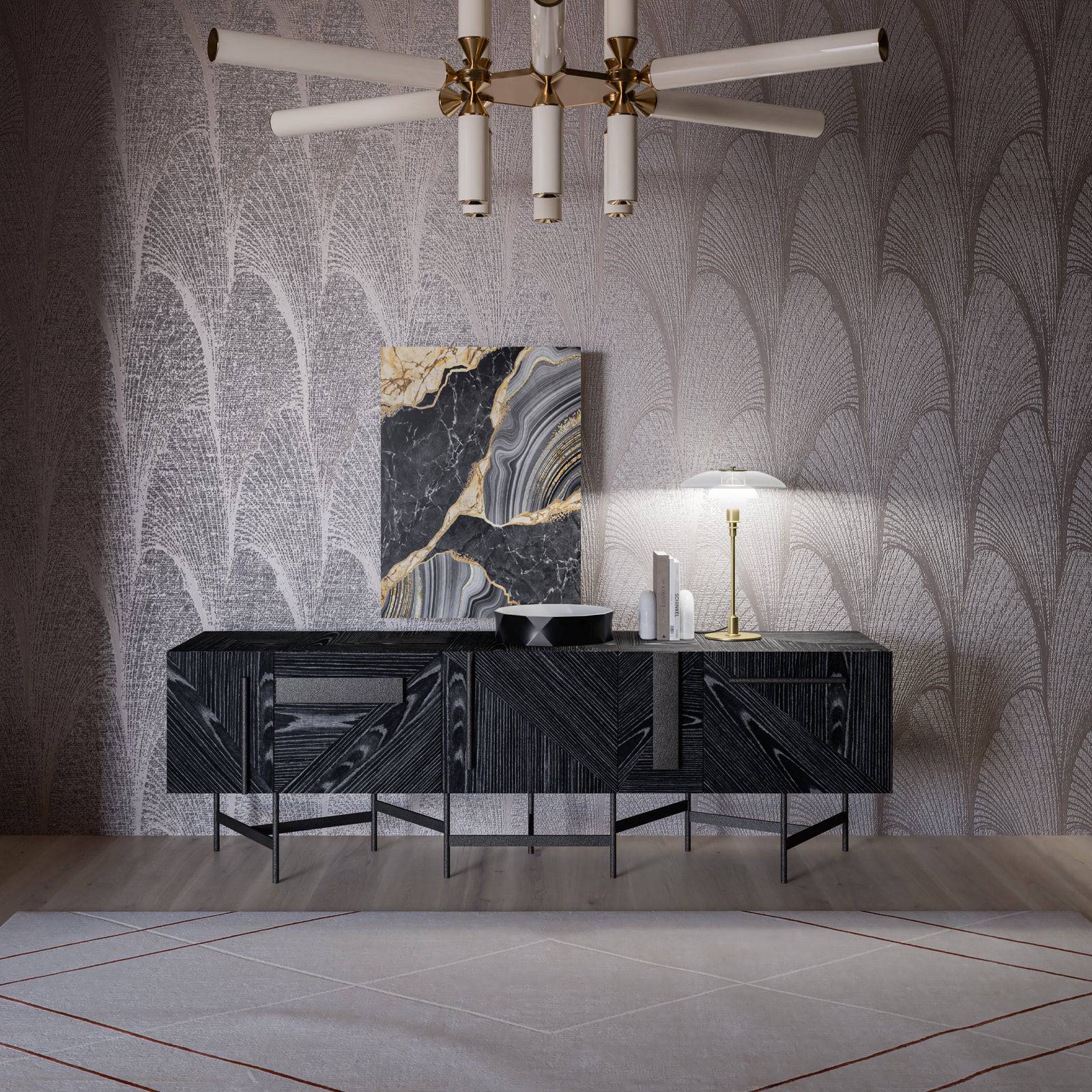
- Black: Sophisticated and elegant, black is a powerful color that can ground a space. While it can make a room feel smaller if overused, black is often employed as an accent to add contrast and drama.
2. Warm vs. Cool Colors
Understanding the difference between warm and cool colors is essential in creating the desired mood in a room.
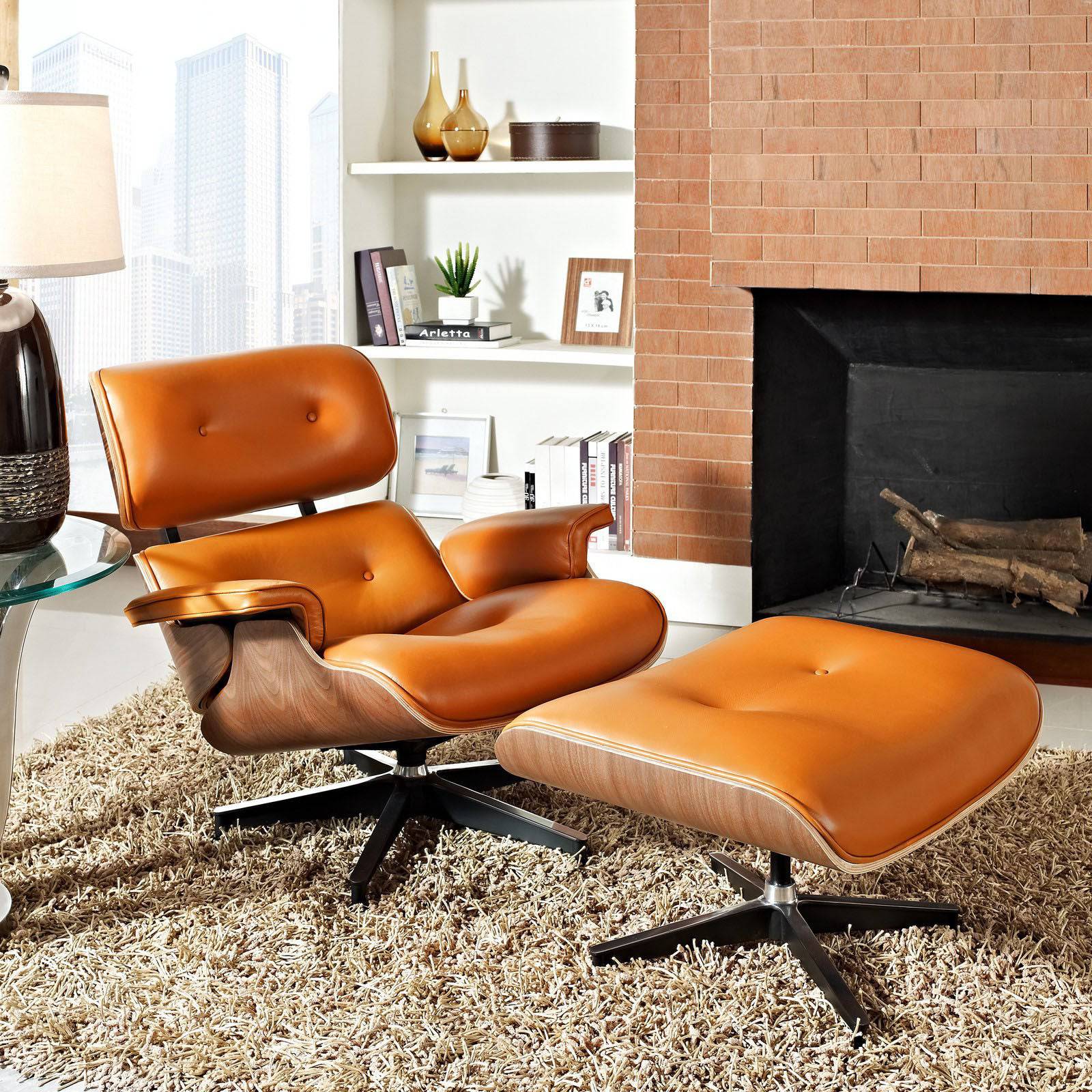
- Warm Colors: These include reds, oranges, and yellows. Warm colors are energizing and can make a space feel cozy and intimate. They are often used in rooms where social interaction takes place, like living rooms, dining rooms, and kitchens. Beige, while neutral, can also carry a warm undertone, making it a comforting backdrop in warm color schemes.
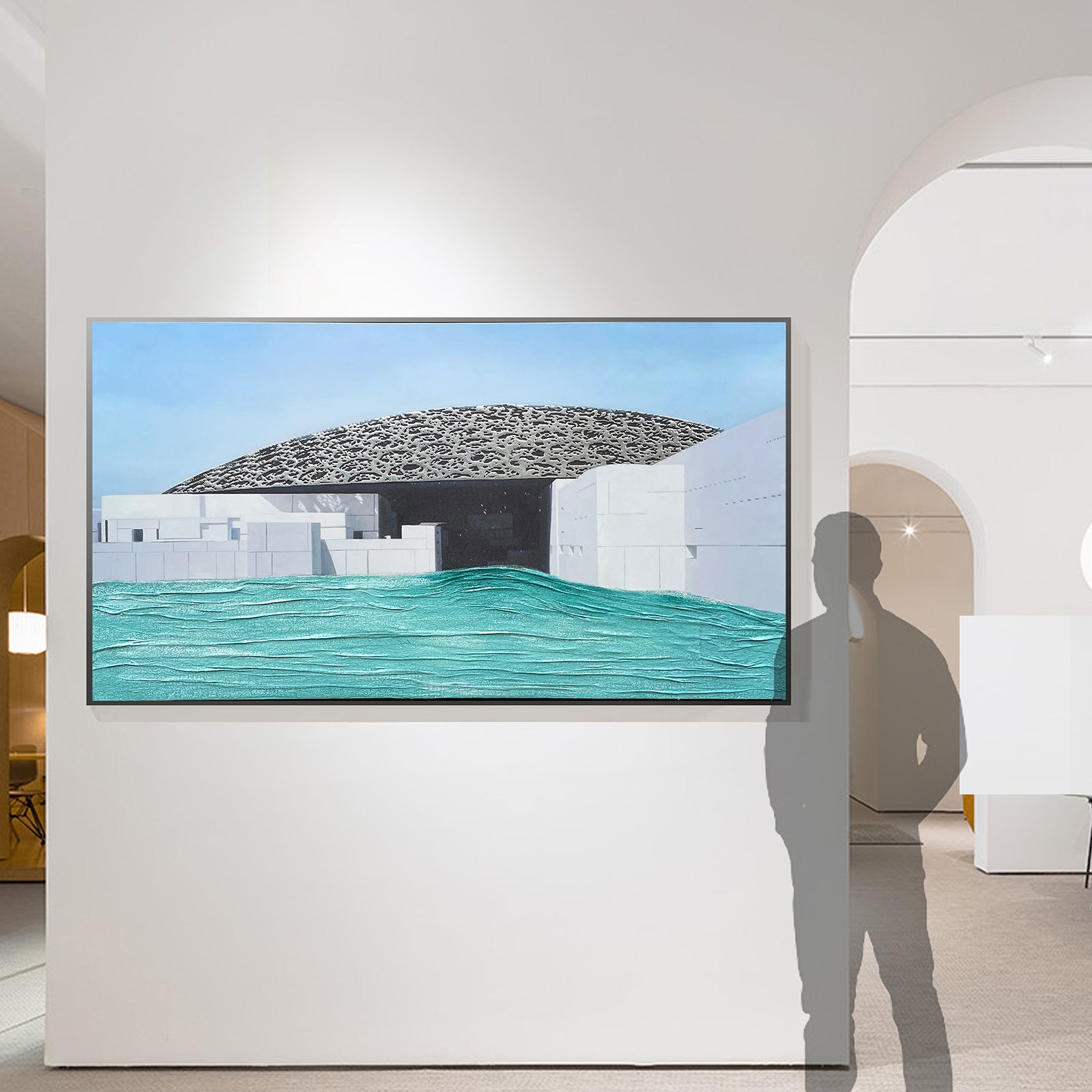
- Cool Colors: Cool colors, such as blues, greens, and purples, are calming and serene. They are ideal for bedrooms, bathrooms, and other spaces where relaxation is the primary focus. Cool colors can also make a room feel more spacious and airy.
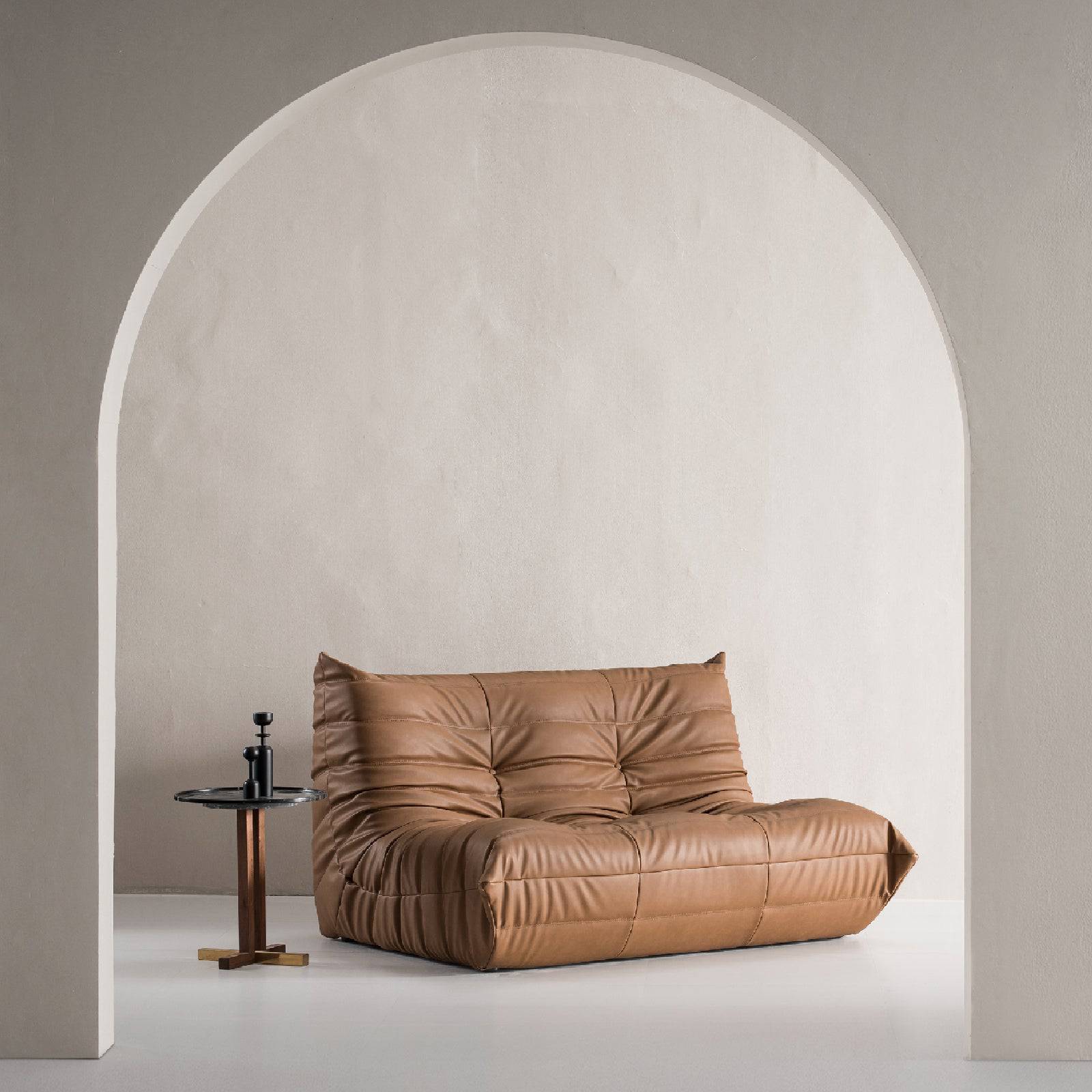
3. Neutral Colors: The Foundation of Design
Neutral colors, including whites, grays, blacks, and browns, serve as the backbone of many interior designs. They provide a versatile base that allows other colors to stand out while maintaining a sense of balance and sophistication.
- Gray: A modern neutral, gray can range from cool to warm and is incredibly versatile. It works well in contemporary designs and pairs beautifully with both bright and muted tones.
- Beige: Beige is a warm neutral that adds a sense of comfort and softness to a space. It’s a popular choice for living rooms and bedrooms, where a cozy, inviting atmosphere is desired. Beige also works well as a complementary color to brighter tones like orange, creating a balanced and harmonious design.
- Black and White: The classic black-and-white combination is timeless and can be used to create a high-contrast, dramatic look. It's often employed in modern and minimalist designs for a sleek, clean aesthetic.
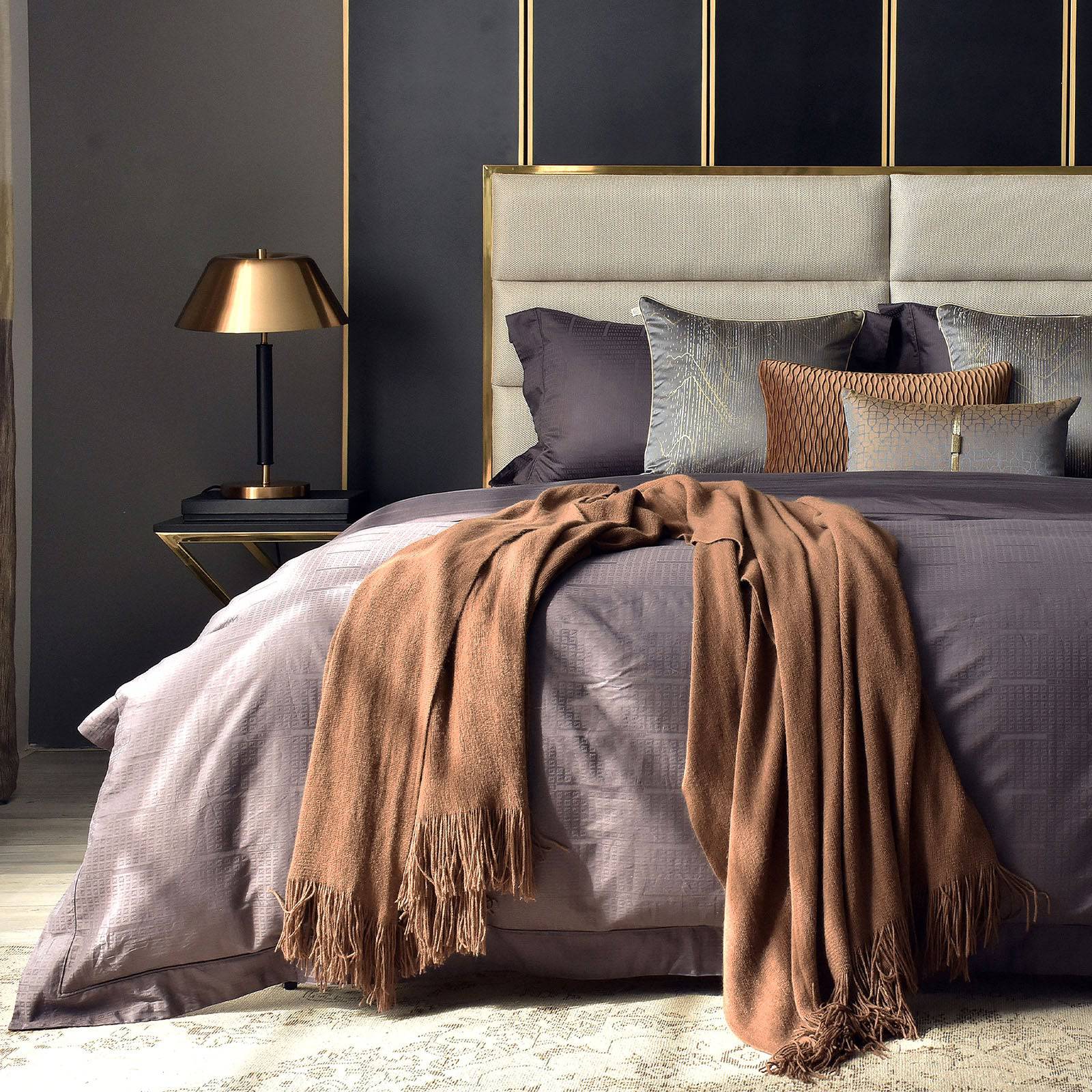
4. Color Schemes: Creating Harmony
Choosing the right color scheme is key to ensuring that all elements of a room work together harmoniously. Several popular color schemes can guide your design process:
- Monochromatic: This scheme uses variations of a single color, creating a cohesive and soothing effect. By playing with different shades, tones, and textures, a monochromatic scheme can be both elegant and visually interesting.
- Analogous: An analogous color scheme involves using colors that are next to each other on the color wheel, such as blue and green. This approach creates a harmonious and pleasing look, perfect for creating a serene environment. Pairing beige with soft oranges or yellows can create a warm, understated analogous scheme.
- Complementary: Complementary colors are opposite each other on the color wheel, like blue and orange or red and green. This scheme is bold and dynamic, creating a vibrant contrast that can energize a space. Beige can soften the contrast between complementary colors, adding warmth and balance.
- Triadic: The triadic color scheme uses three colors that are evenly spaced around the color wheel, such as red, yellow, and blue. This approach offers a balanced and colorful palette, ideal for playful or eclectic designs. Incorporating a neutral like beige can provide a grounding element within a triadic scheme, ensuring the colors do not overwhelm the space.

5. Using Color to Define Space
In open-plan living spaces, color can be an effective tool for defining different areas without the need for physical barriers. For example, using different colors or shades to differentiate the kitchen from the living room can help create distinct zones within a single space.
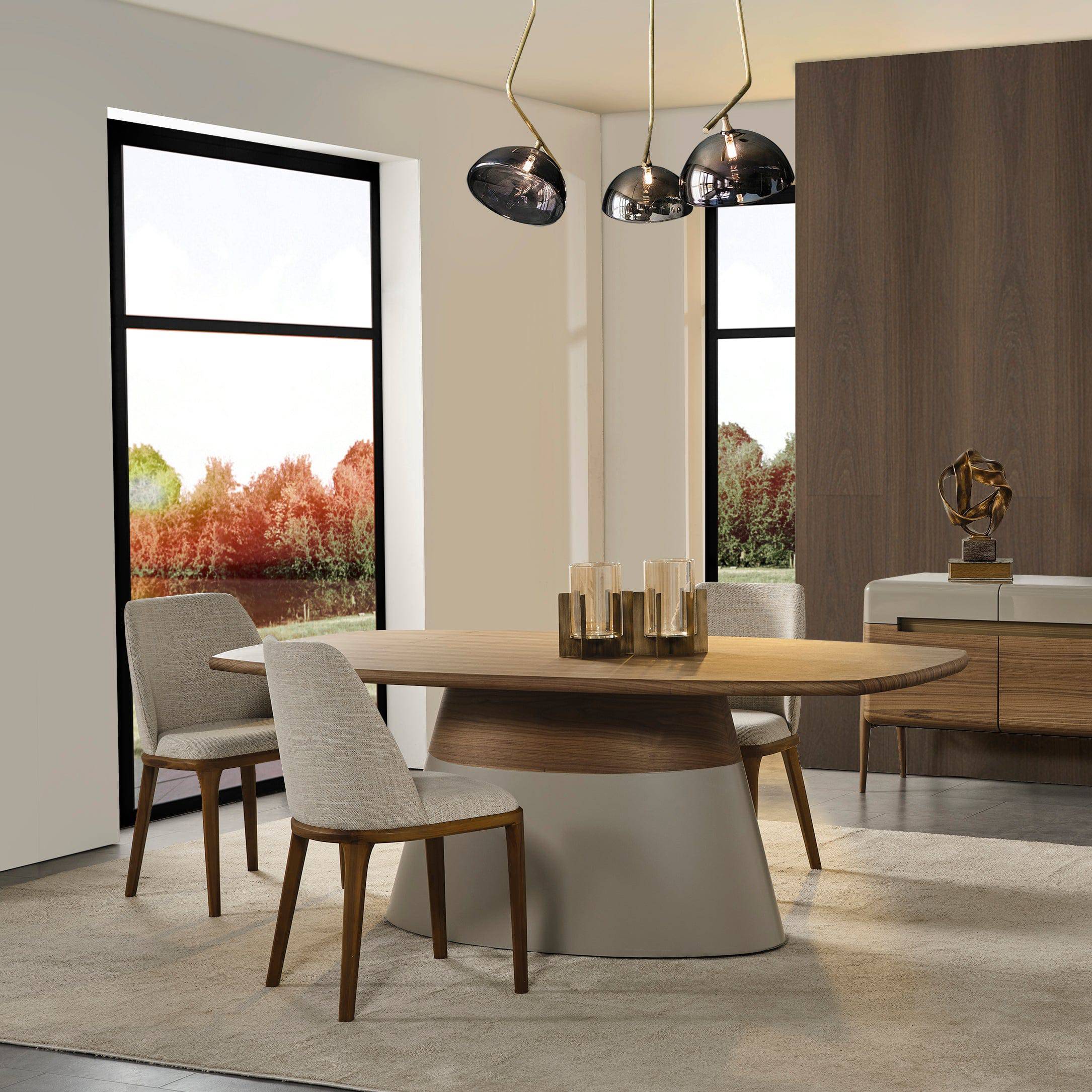
6. Practical Considerations
When choosing colors, it's important to consider the specific needs of the space, such as the amount of natural light, the size of the room, and the existing furniture and décor. For example, lighter colors can make a small room feel larger, while darker colors can make a large room feel cozier. Additionally, the finish of the paint (matte, satin, gloss) can impact how the color is perceived.
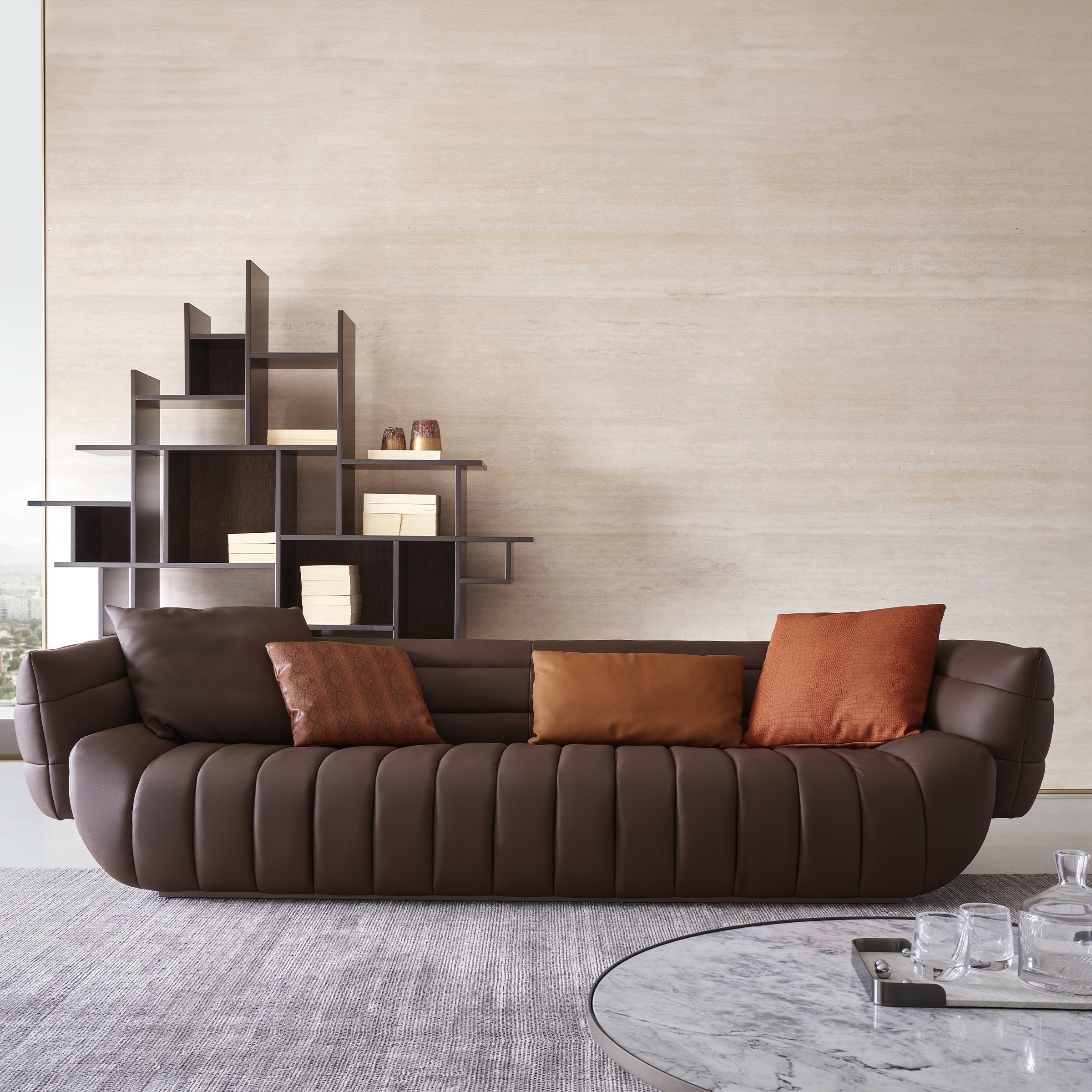
7. Current Trends in Color
Color trends in interior design are constantly evolving. Currently, there is a strong trend towards earthy tones and natural colors, such as soft greens, warm beiges, and muted terracottas. These colors bring a sense of calm and grounding to a space, reflecting a growing desire for comfort and connection to nature in our homes.
Another emerging trend is the use of bold, contrasting colors to create dynamic and expressive spaces. For example, pairing a deep blue with a vibrant orange or a rich purple with a bright yellow can create a striking visual impact. These combinations are perfect for those looking to make a statement with their interior design.
In conclusion, color is a powerful tool in interior design that can transform a space, influence moods, and reflect personal style. By understanding the psychology of color, the difference between warm and cool colors, and the various color schemes, you can create interiors that are not only beautiful but also harmonious and functional. Whether you prefer the simplicity of neutral tones, the warmth of beige, or the energy of orange,






Leave a comment
This site is protected by hCaptcha and the hCaptcha Privacy Policy and Terms of Service apply.